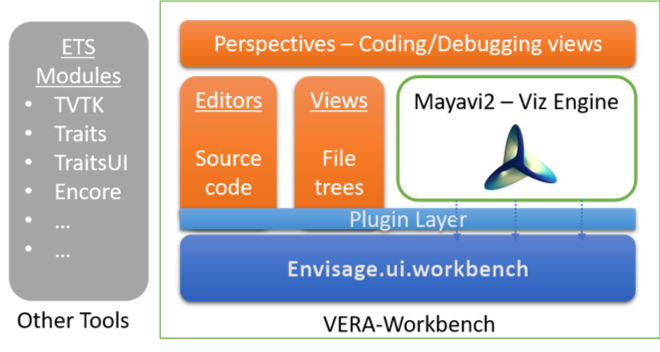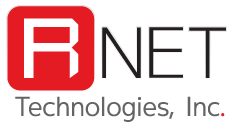Breakthroughs in nuclear engineering are achieved through complex simulations/experiments and require rapid exploration of new configurations. The VERA Workbench is a platform that enables researchers to quickly setup and use the VERA computational codes in a workbench-like environment, postprocess results and execute simulations on clusters, improving the exposure of such codes.
Nuclear engineering simulations typically involve a multi-scale setup to resolve phenomena at various levels of fidelity. There is a need for a multiphysics environment (like an Integrated Development Environment (IDE)) that allows users to setup, install, execute codes and postprocess results. Such a framework would also support coupling between various codes and would enable novice users to adopt VERA codes quickly.

The VERA suite of tools is a sophisticated set of computational tools to simulate nuclear physics and processes across multiple scales in Light Water Reactors supported by the Department of Energy. Although there exist tools to help the codes transfer data and participate in an end-to-end simulation (like VERAView), a multi-physics environment that can support the setup, install and execution of various parallel codes is required.
The VERA Workbench is a Python-based platform that offers an IDE like environment for the various VERA tools to be used. RNET was exploring the workbench on a Phase I SBIR from the Department of Energy.
The VERA Workbench would be a standalone platform that supports automatic code setup, installation and execution for various computational codes in the VERA suite of tools. We will add support for integrating with cloud-based services such as AWS and DOE clouds (e.g., ORNL’s CADES). The cloud integration will allow commercial, government, and academic nuclear engineering researchers to run coupled-physics simulations with little effort.
The proposed tools will significantly encourage the adoption of VERA-CS tools by removing the hassle in compilation and environment setup. Additionally, the proposed platform will interact with local and cloud-based clusters and readily allow access to latest developments in hardware to better improve simulation performance.

